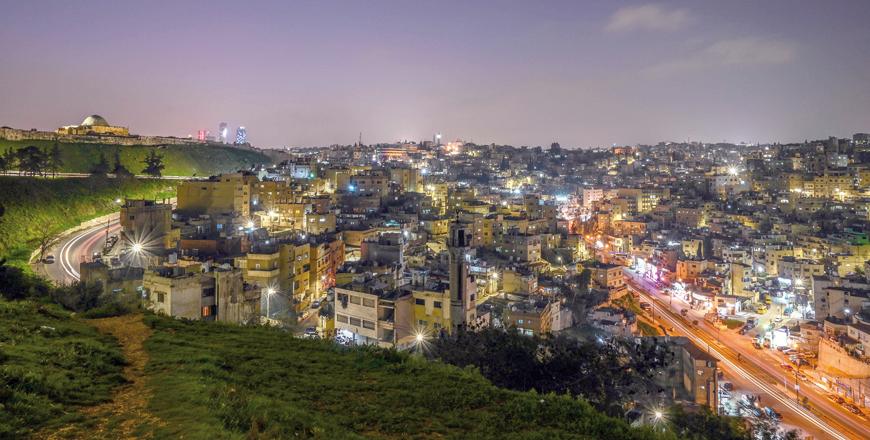You are here
Living near green space makes you 2.5 years younger
By AFP - Jul 06,2023 - Last updated at Jul 06,2023
WASHINGTON — City parks and green spaces help counter heat, boost biodiversity, and instil a sense of calm in the urban jungle.
They also help slow biological ageing, with people who have access to green spaces found to be on average 2.5 years biologically younger than those who do not, according to a recently published study in Science Advances.
“Living near more greenness can help you be younger than your actual age,” Kyeezu Kim, the study’s lead author and a postdoctoral scholar at Northwestern University’s Feinberg School of Medicine, told AFP.
“We believe our findings have significant implications for urban planning in terms of expanding green infrastructure to promote public health and reduce health disparities.”
Exposure to green spaces has previously been linked with better cardiovascular health and lower rates of mortality.
It’s thought that more physical activity and social interactions are at play, but whether parks actually slowed down aging on a cellular level has been unclear.
To investigate, the team behind the study examined DNA chemical modifications known as “methylation”.
Prior work has shown that so-called “epigenetic clocks” based on DNA methylation can be a good predictor of health conditions such as cardiovascular disease, cancer, cognitive function, and a more accurate way of measuring age than calendar years.
Kim and colleagues followed more than 900 white and Black people from four American cities — Birmingham, Chicago, Minneapolis, and Oakland — over a period of 20 years, from 1986-2006.
Using satellite imaging, the team assessed how close the participants’ residential addresses were to surrounding vegetation and parks, and paired this data with blood samples taken in years 15 and years 20 of the study, to determine their biological age.
The team constructed statistical models to evaluate the results, and control for other variables, such as education, income, and behavioural factors like smoking, that might have affected the results.
They found that people whose homes were surrounded by 30 per cent green cover within a 5 kilometre radius were on average 2.5 years younger biologically compared to those whose homes were surrounded by 20 per cent green cover.
The benefits were not evenly shared. Black people with more access to green space were only one year biologically younger, while white people were three years younger.
“Other factors, such as stress, qualities of the surrounding green space, and other social support, can affect the degree of benefits of green spaces in terms of biological aging,” said Kim, explaining the disparities required further study.
For example, parks in deprived neighbourhoods used for illicit activities might be less frequented, negating the benefits.
Next steps might involve investigating the link between green spaces and specific health outcomes, she added. It’s also not yet clear how exactly greenery reduces aging — only that it does, added Kim.
Related Articles
Children who are exposed to tobacco smoke from their fathers while they are in the womb may be more likely than those who are not to develop
By Ruba Al FarPharmacist Did you know that we have two different ages? Every year we celebrate our birthday is our chronological age.
AMMAN — The Greater Amman Municipality (GAM) aims to increase the per capita share of green spaces to 2.5 per cent instead of 1.6 per cent i



















